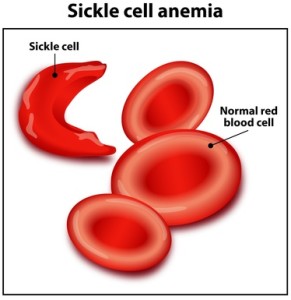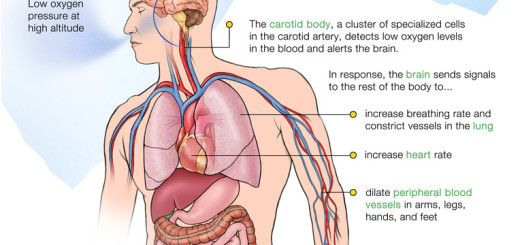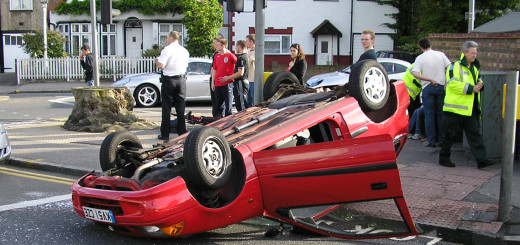First aid for a sickle cell crisis
Sickle cell anaemia is a caused by an inherited genetic disorder, believed to be the result of an evolved response to the disease malaria.
The genetic disorder leads to an incorrect amino acid being used in the structure of haemoglobin. The disease develops when a child inherits 2 sickle cell genes – one from each parent.
Should a child only inherit one sickle cell gene, they will not then develop the disease, but will carry sickle cell trait, and may pass on the gene to their children.
Signs & Symptoms of Sickle Cell Anaemia
The sickle shape of red blood cells causes the blood to be more viscous than normal, which may result in poor flow through small capillaries. The distorted haemoglobin structure is less well able to carry or release Oxygen than normal haemoglobin.
The overall results are reduced bone marrow activity and poor tissue perfusion, which are shown by:
- Chronic pain.
- Chronic fatigue.
- Swelling of tissues.
- Increased susceptibility to infection.
- Tissue destruction.
- An elevated risk of premature death through heart failure or stroke.
Sickle cell crisis
A sickle cell crisis develops, maybe during an infection, pregnancy, or following use of anaesthetics, when increased numbers of sickle shaped cells clump together and either block, or partially obstruct, small blood vessels.
Crises may occur occasionally, or frequently. Frequent, repeated crises may lead to other chronic conditions (eg. heart failure) through tissue damage.
Signs & symptoms of a sickle cell crisis
- Fever.
- Severe pain – especially in the back, abdomen, arms, and legs.
- Swelling at the joints.
- Tiredness and weakness.
- Laboured breathing.
- Pallor.
First aid treatment for a sickle cell crisis
- Provide reassurance
- Contact medical help -> the patient may know the details of who to contact during a crisis. If unsure ring an ambulance
- Provide pain relief if trained
- Position the patient comfortably
- Protect from heat / cold
- Record observations (pulse, respiratory rate) if trained





